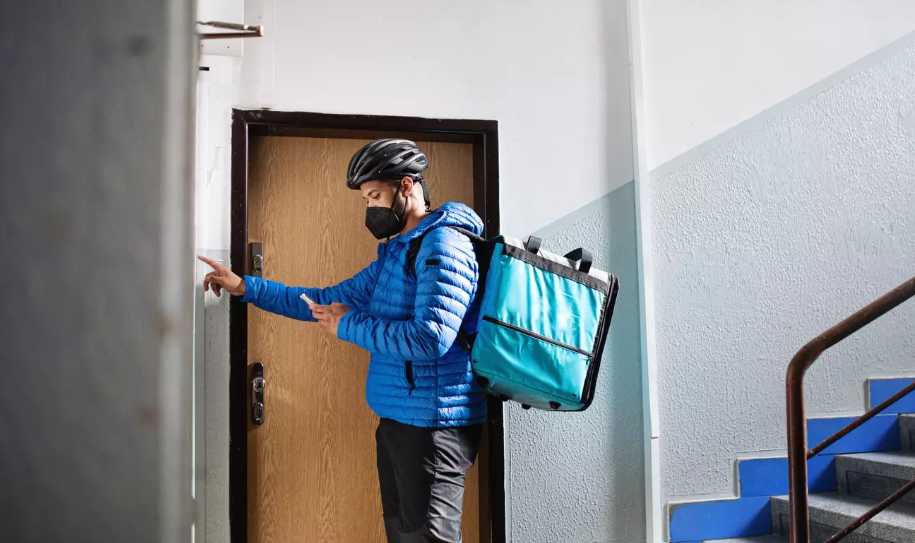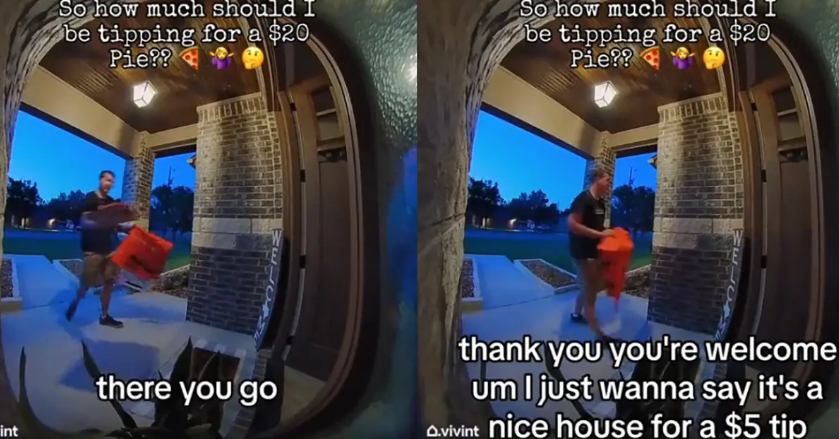Why This Delivery Driver Turns Down Most Orders
In a world where tipping culture heavily influences service industry earnings, one Philadelphia delivery driver has adopted a unique approach to maximize his income. Known as Jay, he works part-time for platforms like DoorDash and UberEats, but he's not just any driver he's incredibly selective about the orders he accepts.
Jay’s strategy focuses on choosing orders that come with the highest upfront tips, a method that ensures he makes the most of his time. This approach offers an insightful look into the strategies gig workers use to navigate the challenges of fluctuating incomes in the gig economy.

Jay, a delivery driver from Philadelphia, has developed a strategy that might seem surprising to many: he declines 75% of the delivery orders he receives. This selective method is part of his broader tactic to optimize the earnings from his weekend side hustle while balancing another job during the week.
Working just ten hours a week for popular delivery platforms DoorDash and UberEats, Jay has chosen to only accept orders that guarantee the highest pay, which typically includes the best upfront tips. His decision-making is based on a simple premise—he doesn't want to waste time on low-paying deliveries that might not even include a tip.

Jay's choice to be selective stems from his understanding of the payment structures of delivery services, which combine base pay with potential tips. The base pay alone can be as low as $2-$2.50 per order, indicating that these orders likely come without any tip.
Rather than hoping for a tip upon delivery, Jay prefers to accept only those orders that show a clear, upfront tip, which usually means he's operating in wealthier neighborhoods where higher tips are more common.
DoorDash driver seen cursing at customer for 25% tip
On platforms like TikTok, where Jay shares his experiences under the username @downtownhustle, he has discussed his tactics without revealing his identity. His followers on TikTok get a glimpse of his day-to-day choices and the rationale behind them.
According to Jay, waiting around to see if a customer decides to tip at delivery is like gambling—a risk he is not willing to take because his primary goal is to earn reliably, not to gamble on potential earnings.
His approach raises broader questions about the tipping culture in the United States, especially within the gig economy. Jay believes that customers should tip for the premium service they receive, which not only compensates the driver fairly but also ensures better service quality.
His strategy highlights a significant aspect of gig work: the necessity to strategize for better earnings due to the unpredictability and often low base pay offered by gig platforms.

Overall, Jay's method is a clear example of how gig workers can use system knowledge and strategic decision-making to improve their earnings.
By choosing only the orders that meet his earnings criteria, Jay manages to make his side hustle worthwhile, emphasizing the need for gig workers to be discerning and proactive about their choices in a competitive market.




